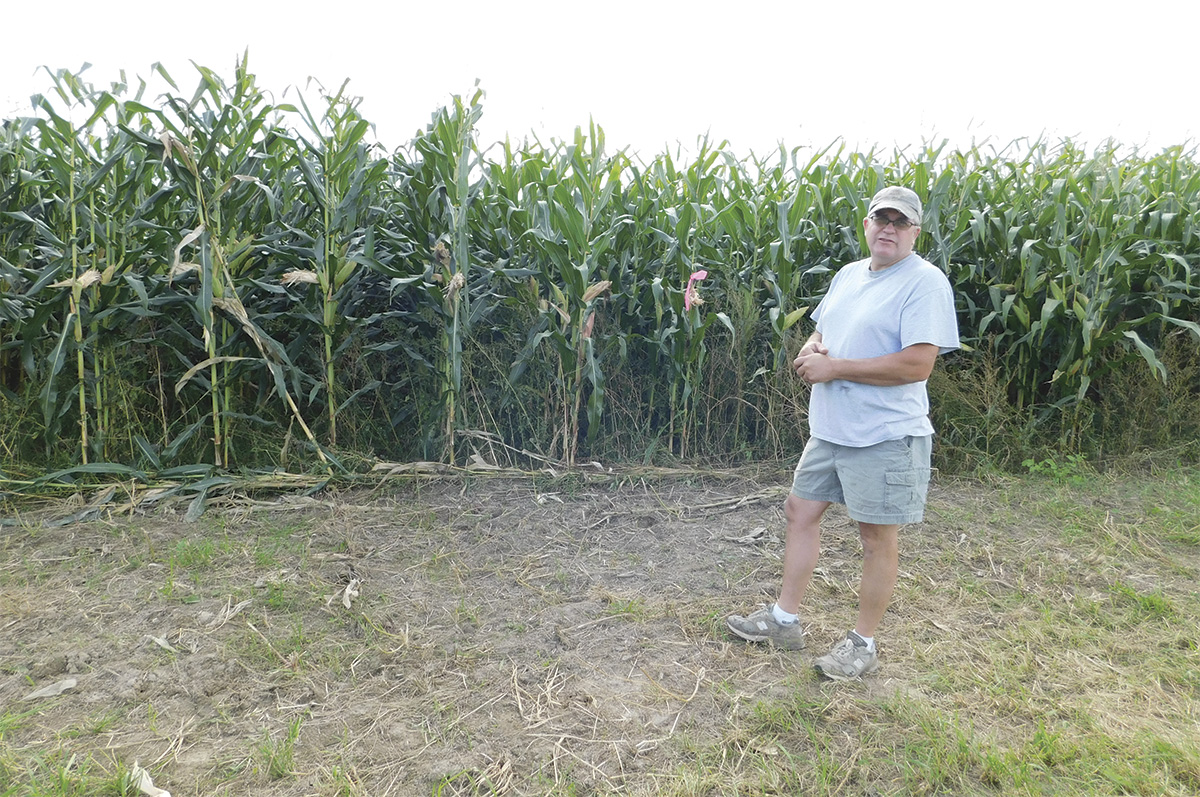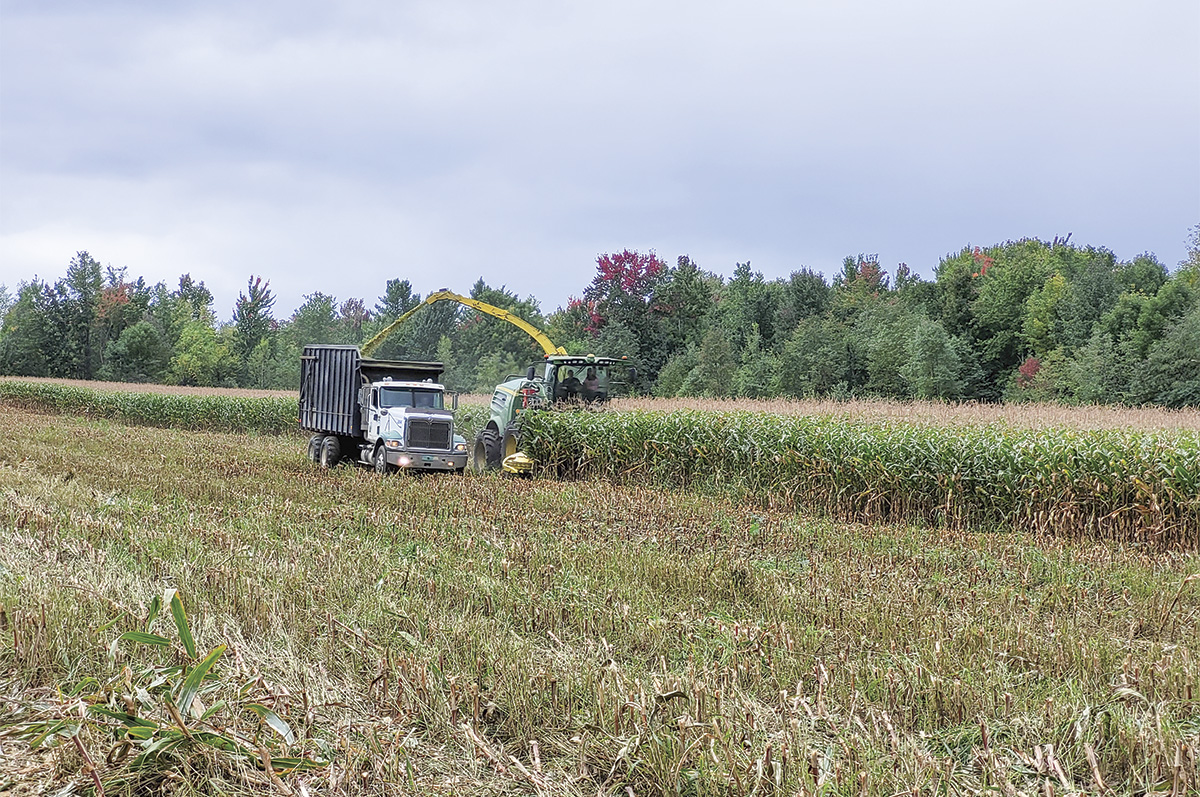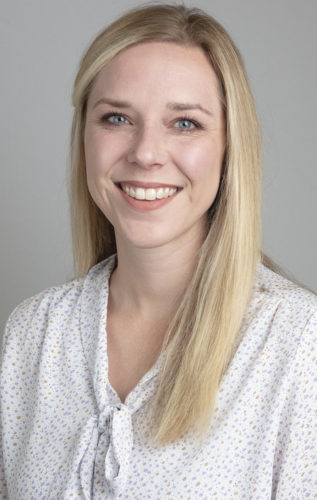Clement Gervais and his family have always been on the leading edge of farming practices to better their livelihood in the dairy industry. So when the family was approached by Ben & Jerry’s to be a part of a pilot program focused on reducing carbon emissions on the farm, it was a rather easy decision to join the initiative.
“In the end, a lot of the decisions we make are for either the cows or land, but you need both to be happy,” Gervais says.
Gervais Family Farms and Peter Rainville’s Four Girls Dairy are two of seven dairy farms in the U.S. participating in the multiyear pilot program aimed to reduce on-farm emissions by 50% from a 2015 climate baseline. An additional 10 dairies in the Netherlands are also participating.
Ben & Jerry’s Low Carbon Dairy pilot project, which began in 2022 and will continue through 2025, represents the manufacturer’s core values of producing ice cream that is euphoric and changes the world by protecting and restoring the Earth’s natural systems. It builds off of Ben & Jerry’s longstanding Caring Dairy program and its four key pillars: Supporting dignified livelihoods for both farmers and farmworkers, providing an excellent life for cows, implementation of regenerative agricultural practices and advancing low-carbon farming.
“The idea for the pilot was to provide learning for us and the farmers about how dairy farming can be a part of the climate solution while also building their own resilience to environmental and economic changes,” says Jenna Evans, global sustainability manager for Ben & Jerry’s.
Each farm participating measured its individual carbon footprint, which was then compared to the Caring Dairy 2015 baseline. Sources of the emissions were categorized into varying intervention areas:
- Enteric emissions
- Manure
- Regenerative agriculture
- Renewable energy
- Nutritious, homegrown feed
- Animal welfare and longevity
- Nature-based solutions
Those dairy producers have then collaborated with the ice cream company and the University of Vermont Extension to address greenhouse gas (GHG) emissions on their farms.
“Both [Gervais and Rainville] are great participants in this program because of their willingness to collaborate, and they always have open minds, no matter what crazy ideas we’re throwing out there,” says Rebecca Manning, Low Carbon Dairy pilot project coordinator. “They’re addressing those intervention areas at their own pace and in a way that makes sense for their farm.”
Pilot program makes carbon reductions possible for Four Girls Dairy
When Rainville thinks about the act of dairy farming and its role in creating a more sustainable planet, he often looks to it as a puzzle and each management decision is a jigsaw piece.
For him and his small farm, the completed puzzle is an improved use of resources to secure longevity in the industry.
“Take care of it all and it’ll all take care of you,” Rainville says. “Everything from the soil to the manure … everything you do in the soil to everything that you harvest from the cows and back to the soil, that’s it. The soil is where it all begins.”

Peter Rainville manages his land with cover cropping and minimal-tilling practices. Photo courtesy of Ben & Jerry's.
Rainville has utilized the pilot program to evaluate the management practices of his 60-cow robotic dairy and improve upon soil and crop health with developed cover cropping and minimal-tilling practices and equipment for more timely forage harvesting as well as automated technology to deliver feed in front of the cows more consistently.
Within the year, he has also added solar to the farm.
“There’s a lot of opportunities with carbon [reduction] but smaller farms don’t always have those same opportunities just because of scale,” Rainville says. “It’s exciting to think about what other farms my size can do and benefit from when they have the resources.”
Rainville notes grant funding and support from the University of Vermont Extension has made some of these improvements possible.
Most notably, the automatic feed pusher has been Rainville’s greatest investment, he says. The steady feed delivery has increased milk production significantly and gave way to more consistent components. In turn, this improvement has lowered his farm’s carbon footprint.
“The best investment any farm can make is keeping quality feed in front of the cows,” Rainville says. “I’m a one-man job here, and feeding can be a lot of time and stress tied up into that one job. [This technology] has alleviated that.”
With one more year left in the pilot program, Rainville has plans to focus on his manure management as one last piece to the puzzle. He is working with the extension team to test soil composition and develop management techniques to meet the needs of the land, including injecting manure, appropriately applying it so as not to overfertilize the soil, and using urease inhibitors.
Gervais Family Farm stays on forefront of opportunity
Gervais and his brother Larry consider themselves forward-thinking producers and know that the success of their family’s dairy enterprise relies on the decisions made today.
“We’ve focused on no-till and other practices that are low-carbon-based, and wanted to continue on that trend,” Gervais says. “I think this trend is not just for the daily operations of a farm but as an industry. We are heading that way and need to make sure we’re doing the best we can here on the planet.”

Clement Gervais dairy farms with his brother Larry in Vermont. The family has one of their farm sites enrolled in Ben & Jerry's Low Carbon Dairy pilot project. Photo courtesy of Ben & Jerry's.
At the Gervais family’s farms, the concept for carbon insetting is simple: Convert it back into milk.
“Produce more milk,” Gervais says. “If the same cow can produce more milk, she’s not going to need as much feed and you reduce your footprint by raising your production and your components.”
For almost a decade, the family has no-tilled their land. They also cover crop on corn ground. Additionally, the farm’s land is fertilized with injected manure and then surface groomed to level out rough spots.
“That way we’re able to increase our organic matter and carbon in the soils,” Gervais says. “It’s all full circle for us. All that we’re doing on the land to improve digestibility with forages leads to higher production, and higher production by this way reduces the carbon footprint.”
Through the pilot program, the Gervais family has worked closely with the University of Vermont Extension on several trials. Those trials include utilizing urease inhibitors to reduce urea application on grasslands and fully utilize the nitrogen versus losing it to the atmosphere through volatilization, cover cropping and no-till practices to maximize land use, and feeding an enteric feed additive to reduce enteric methane production.

The Gervais family focuses on managing the land to improve forage digestibility for higher milk production. Photo courtesy of Ben & Jerry's.
Gervais credits much of the work to his brother’s confidence in farming smart.
“Larry is definitely a driving force behind all of this,” Gervais says. “He’s always pushed us.”
The Gervais family runs two farm sites, with the larger one being a part of this pilot program. At the 1,000-cow site, a manure separator assists in removing solids before the liquid is stored in a lagoon to reduce the methane produced. The solids are also dried and used for bedding.
Additionally, the family installed a solar array on one of their barns this past winter. Much like Rainville, Gervais has not seen the maximum return on that project yet, as it was installed in the winter.
“January is probably the worst month you can get to actually produce solar energy,” Gervais says. “But when the panels are working fully, it’s estimated it’ll cover up to 50 percent of the electricity used on the dairy.”
Any electricity produced over the needs of the farm is pooled in a net-metering program.
With each decision, the Gervais family considers not only how it’s going to better their farm – through management, output or return – but also how it’s going to improve relations with their community and the greater society needed to support dairy farming.
“You know, you need your land and cows to be happy for the farm to work, but you also need a society that supports you,” he says. “We have to keep that in mind as we make decisions for our dairy.”
Low Carbon Dairy’s future
By the end of 2025, the pilot will be complete in both the U.S. and the Netherlands. Farms are currently implementing strategies to reduce their carbon footprint in various capacities and will continue doing so in the year ahead. The program will then be evaluated, with insight from data on each farm, and then scaling practices that are economically and environmentally feasible into future dairy programming.
What has been seen so far is promising for the manufacturer and dairy producers.
“As a company, we want to thrive and be around for a long time. A crucial part of that is our dairy supply chain; we rely on them and we want them to thrive, too,” Manning says. “This program was designed to reduce emissions but also create efficiencies at the farm level, like improving milk yield or reducing operating expenses while still maintaining a very high standard of animal care and maintaining a high level of soil health.”
Rainville agrees.
“We, as producers, need to learn to do more with what we have and become more efficient, regardless of size,” he says. “This program has pushed me to be as efficient as I possibly can be and, in turn, lower my carbon footprint.”


.jpg?t=1687979285&width=640)



